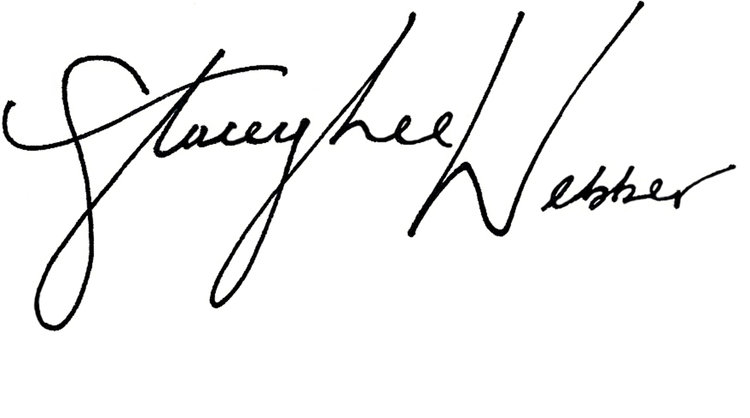We The People
We The People reimagines the stoic figures found on U.S. currency—presidents and national icons—as everyday working-class Americans. Through detailed, whimsical embroidery on large uncut sheets of money, these historical leaders are transformed into fishermen, firefighters, hunters, nurses, doctors, police officers, and cowboys. Rich with texture and narrative, the scenes unfold in layered landscapes of forest and water—often punctuated with bold elements like blood splatter and visceral storytelling. The series challenges notions of power, class, and identity by merging high symbolism with everyday labor, reclaiming the faces of money as reflections of the people who keep the country running.
Clowns and Costumes
This playful series imagines notorious political and historical figures dressed in whimsical, character-altering costumes. Hand-embroidered directly onto paper currency, each fantastical disguise—ranging from wizards and lions to carrots and clowns—disrupts the authority and permanence of these familiar faces. Through meticulous stitching and surreal imagery, the works invite viewers to question the constructed personas of global leaders and the stories we’ve come to accept as truth. By blending satire with craft, the series balances humor and critique. As Charlie Chaplin once said, “I remain just one thing, and one thing only—and that is a clown.”
Snakes, Spiders, Bats and Webs
Snakes, Spiders, Bats and Webs is a darkly playful series that brings eerie creatures into the pristine world of currency. Slithering through historic monuments and crawling across presidential portraits, these hand-embroidered animals infiltrate the orderly, authoritative imagery found on paper money. Bats hang from columns, spiders weave webs across marble facades, and snakes wind through engraved architecture—blurring the lines between nature and power, fear and control. By introducing these unsettling elements, the series challenges the permanence and sanctity of money, infusing it with wildness, unpredictability, and a reminder of what lurks beneath the surface of national symbolism.
Fires, Fences and Punks
Fires, Fences and Punks ignites U.S. banknotes with imagery of rebellion, chaos, and resistance. Through bold, hand-embroidered interventions—burning documents, barricading monuments, and scarring currency with fences—this series confronts the authority and order symbolized by federal institutions. At its core, the work is a punk-infused critique of control, conformity, and nationalism. Scenes like the signing of the Declaration of Independence set ablaze transform revered moments into acts of defiance. Rooted in DIY ethos and anti-establishment sentiment, the series reclaims money as a canvas for dissent.
“They laugh at me because I'm different; I laugh at them because they're all the same.” —Kurt Cobain
Obsolete Bills
The Obsolete Bill series features hand-stitched interventions on vintage American currency issued by state banks between 1782 and 1866—long before the rise of the federal banking system. These rare and intricately designed bills serve as the canvas for Stacey Lee Webber’s signature embroidered imagery, reimagining familiar motifs from her other series in a new historical context. By merging contemporary themes with obsolete forms of money, the work invites reflection on shifting systems of value, power, and identity. Each piece bridges past and present, transforming these delicate financial relics into richly layered, one-of-a-kind works of art.
Patterned Bills
Patterned Bills marks the beginning of Stacey Lee Webber’s exploration into stitched currency, starting in 2006. This series features delicate sewing patterns meticulously stitched onto paper money, with threads marking moments in time—seconds on a clock—traversing the fragile surface. The embroidery both beautifies and deconstructs these often-overlooked bills, transforming them from functional currency into intimate, labor-intensive artworks. By threading through money, Webber challenges the value we assign to material wealth, highlighting the tension between creation and destruction, permanence and impermanence, utility and ornament.






